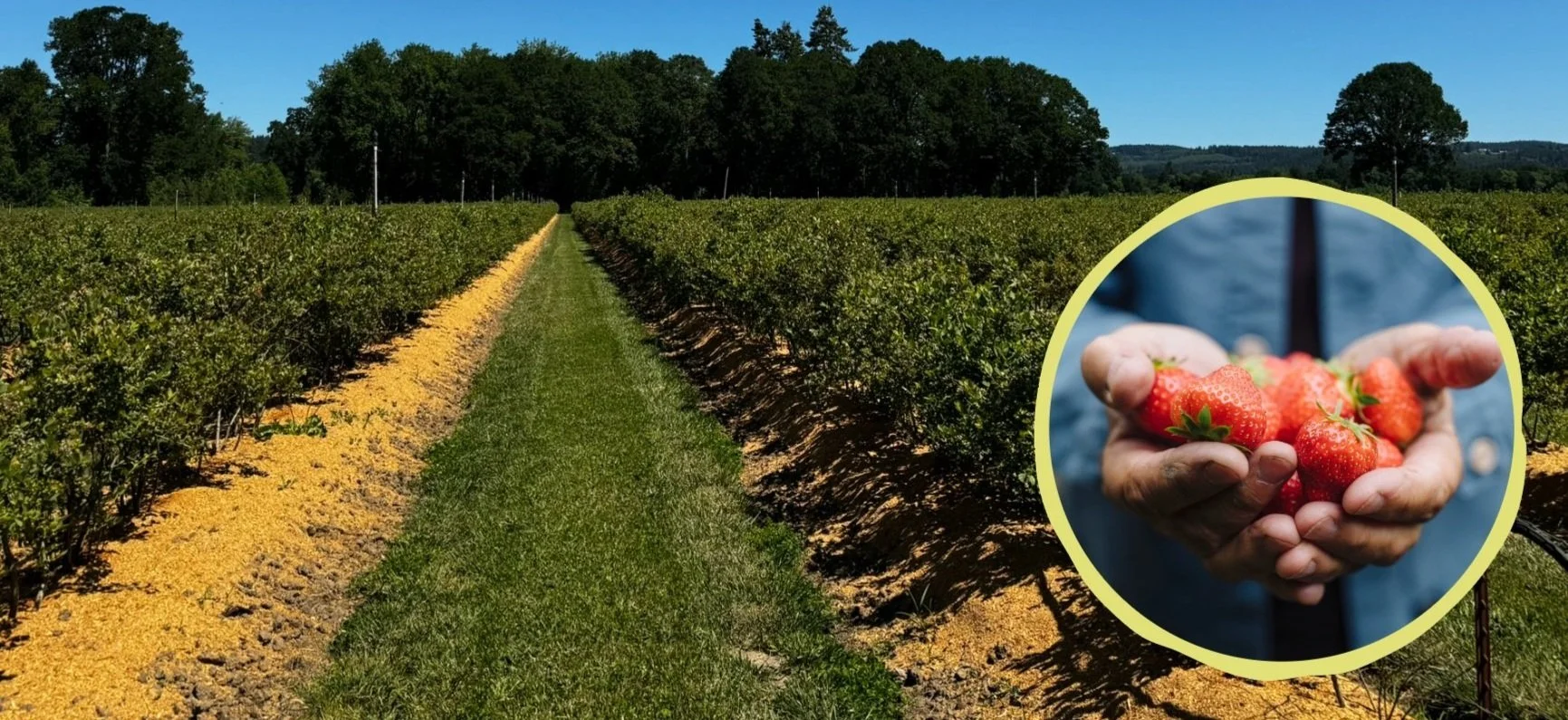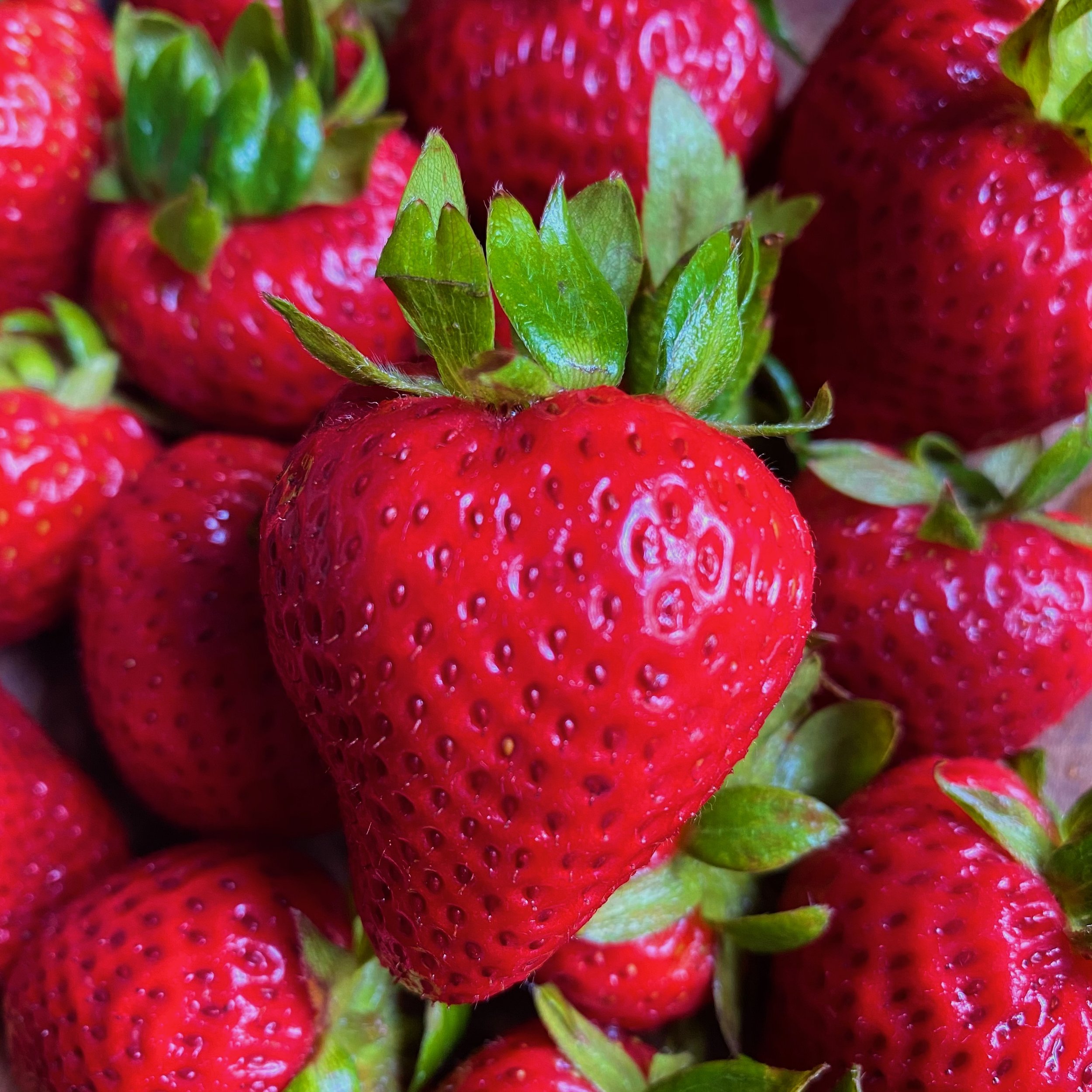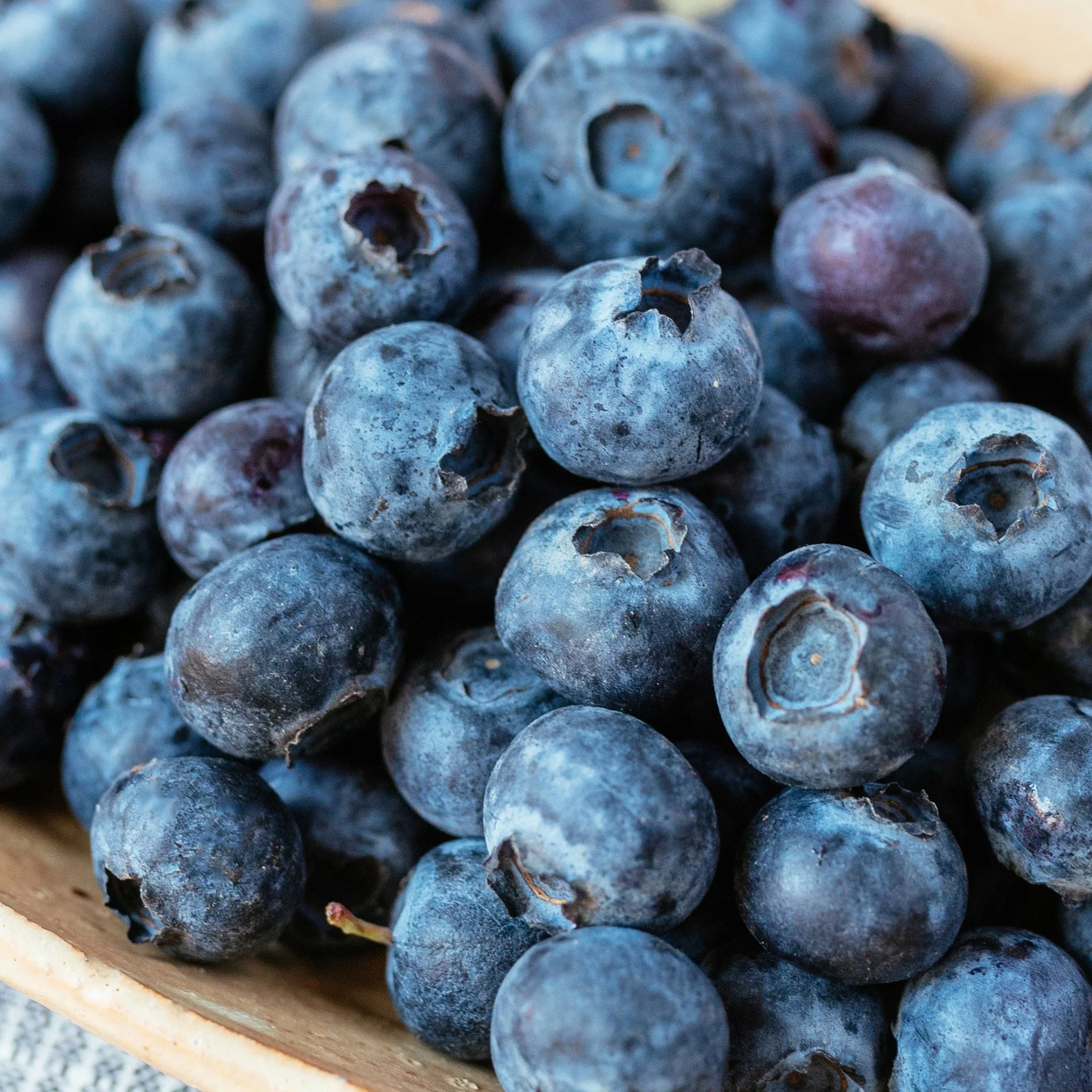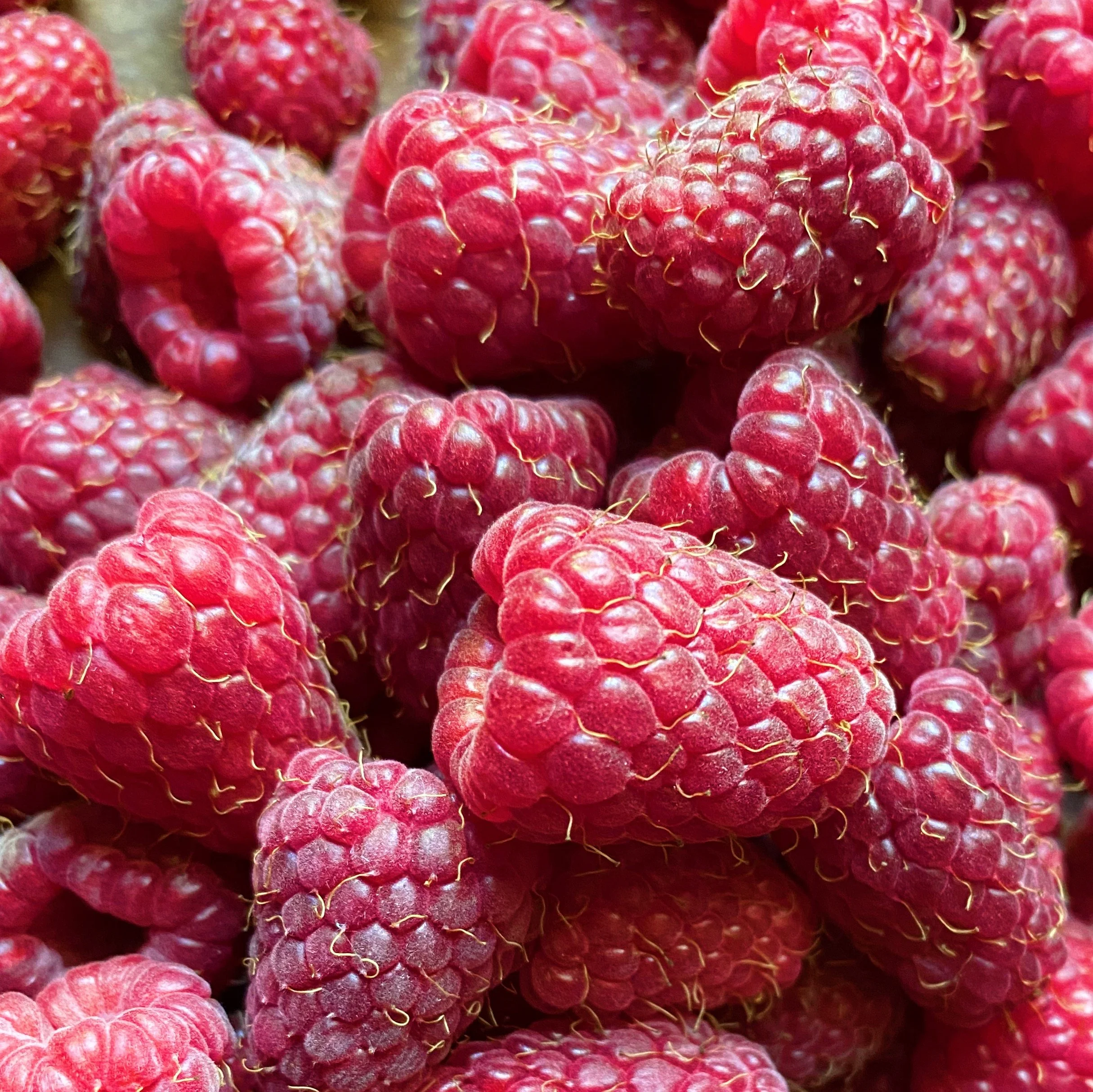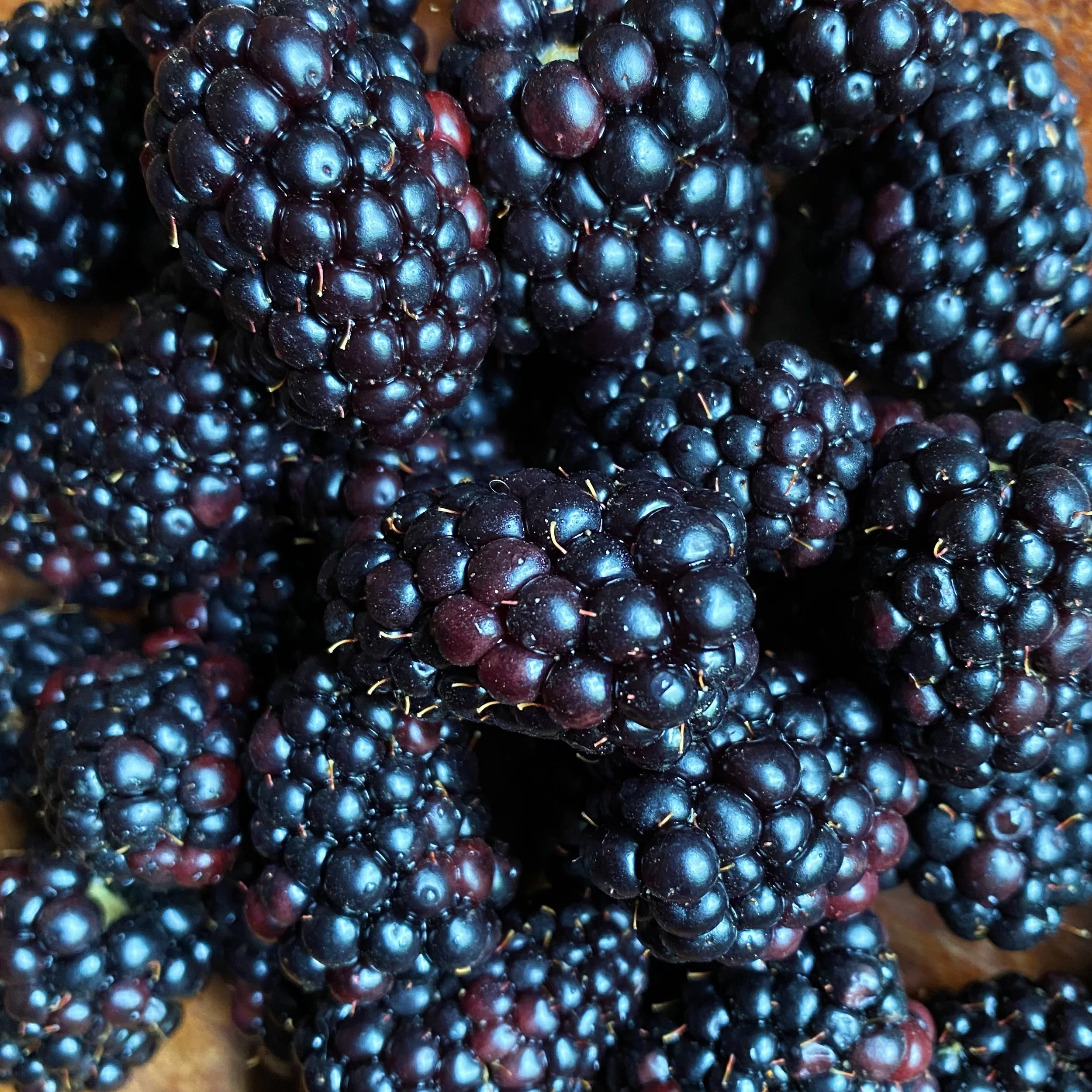Berry Smart: Balancing Margins & Seasonal Insight to Grow Sales
Berries can and should be the number one category in driving sales, but they can also jeopardize margin performance if you’re not strategic with merchandising, inventory management, and promotions. OGC’s Jeff Fairchild shares practical advice and insights for optimizing year-round berry sales.
Berries can be an answer to improving department sales. Besides cherries, there are few items that shoppers will buy frequently at the higher rings that berries provide. Produce managers often avoid front-and-center displays, worrying about waste. However, big, visible berry displays really maximize sales by capturing impulse purchases. Grow sales by finding a secondary display spot near high-traffic areas like registers. This works best when berries are in season or on sale. Remember to keep those displays full and rotated.
Keep Berries Fresh
While berries can take extra labor to work them throughout the day to keep them fresh and remove moldy, discolored fruit or rotate stock from refrigerated display to dry table display, the effort will pay off. Resist overstocking and, instead, fill displays frequently and go through the fruit as the day goes on. Good rotation and close attention to shelf life to save a few clamshells of berries is worth the labor.
Shoppers Love a Berry Sale
Another berry promotion might seem repetitive, but berry sales work! Mix up the varieties to keep shoppers interested and coming back. Try one-day or weekend sales with deeper discounts to push extra volume without affecting margins as much as a longer sale would.
Conventional grocers often take much lower margin on berries, using them as loss leaders to get customers in the door. So, for an organic grocery, it is imperative to put an attractive retail price on berries to compete and keep them moving. Margins can vary a lot, from just covering cost to 30-35% in the off-season. During peak season, you may be able to achieve a margin of 40-45%. The key is to find a price point that makes your shopper pick up the berry and put it in their cart; Focus on unit movement and driving margin dollars.
Strawberries are a big opportunity because of sales volume and competitiveness. With lower volume on blackberries and raspberries, a store can worry less about giving away margin here. Blueberries are the exception, with recent strong volumes allowing for full margin retail pricing to boost overall category performance.
Looking to the Future
Research and breeding are making berries better every year. Strawberries are being bred for size, color, texture and flavor. Blueberry breeding is focused on size, firmness, color and flavor. Raspberries are tricky because they’re delicate, but breeders aim to balance the ability to ship with flavor and sweetness. Blackberry breeders are working on size, consistent color, more sugar and fewer seeds. Future berries will be even better, leading to even stronger year-round sales.
Berry production is shifting towards greenhouse-grown and potted plants. Growers are having success with strawberries in green or shade houses, increasing length of season, reducing waste and experimenting with tender varieties. Robots may eventually pick greenhouse fruit, selecting for color, sugar and firmness, creating a new wave of premium packs.
For blueberries, growers are experimenting with pots, increasing density, moving quicker to organic production and having earlier fruit using black pots. With all this sales potential, expect longer seasons with even better-tasting fruit.
Strawberries
Organic strawberries are a staple of the produce department. Available year-round, customers will buy strawberries even in winter at high prices. The peak season for California is late April through September when Watsonville and California Central Coast are in full production. This is where we get the best flavor, texture and color of fruit.
Northwest strawberries start around June 1st and go through August. First, the “old-time varieties” have a single spring blooming period and produce a crop for 2-3 weeks. The classic variety is Hood, with other varieties to rival Hood being introduced, like Mary’s Peak. Coveted for their sweet, juicy and soft texture, these are what a great strawberry tastes like for most eaters. Most Northwest strawberries are ever-bearing; the most common is Albion. The flavor is good, and the texture is firm.
The fall and winter season crops start in the Oxnard/Santa Maria region along the southern California Coast. OGC Buyers source in this region from September to early December. The flavor is good, prices increase later in the season and crop supply is weather-dependent.
OGC's winter supply is grown in Mexico. Fruit is available January through April, and much of the fruit is Fair Trade Certified. While there is a tendency to shun out-of-season berries, shoppers crave and look for organic strawberries year-round.
Blueberries
Blueberries are the “hardware” of the category. They last longer in inventory, ship from great distances and hold up relatively well outside of refrigeration if not overstocked and carefully rotated daily.
Once a very seasonal commodity, we now see three distinct grower regions and year-round availability. Wintertime fruit starts in Peru in September and runs through January, with Chile and, increasingly, Mexico providing us with fruit from January through mid-April when California peaks.
Small quantities of blueberries are sourced from California’s Central Valley growers from January to March, with larger harvests flowing in early April and ending mid-June. The Northwest season brings incredible freshness starting in mid-June, peaking July through August, and ending in September.
Shopper like options, so maximize blueberry sales by offering multiple pack sizes. The more you can move your customers into larger sizes (Pints, 18 oz., 2 lb.), the more dollars can be generated in sales. While 6 oz. packs can offer a value option in the off season, pints should dominate the market. Any blueberry fan is looking for pint or larger packs, and these sizes create a nice ring at the register.
Blueberries are excellent as a promotional vehicle. With a hardier shelf life, feel confident buying deep without major risk. Build aggressive displays and offer a fair to aggressive price point many times a year.
While Northwest berries are among the best flavor and texture, with the varied uses customers have for blueberries (such as smoothies), even having import fruit on the soft or tart side can still create satisfied customers. The takeaway is that even fair-quality blueberries can be winners at the right price.
Raspberries
While Northwest half pint raspberries are OGC’s go-to from July into August, a year-round supply of high-quality fruit in clamshells is available from grower partners in California and Mexico.
Breeding has done a lot to offer fruit that can ship and still have great flavor. Growers continue to invest in research for a raspberry with a soft texture and rich raspberry flavor, and it’s coming.
Unlike strawberries or blueberries, raspberries in smaller packs have become the norm to keep costs down and prevent damage to berries. Shoppers love to get a discount, and raspberries can increase incremental sales but typically not to the level of the huge sales increases we see with strawberries and blueberries. Having a good show of raspberries in your berry set gives your display a complete/enhanced feel. While blueberries are the hardware for the berry category, raspberries are the delicate specialty offering that is special, and they need special rotational care to keep fresh.
Blackberries
Blackberries are growing as a sales driver, as breeders find varieties with more consistent color and better flavor with more flesh and fewer seeds. Because blackberry sales have typically been lower than other berries, year-over-year they provide a way to show double-digit sales growth.
Growers are also finding ways to grow them more efficiently from Mexico to the Northwest, making them increasingly affordable. Traditionally, blackberries were used as an ingredient needing sweeteners and added to desserts, with customers comparing them to the wild berries many of us picked along roads. But that’s changing as breeders create blackberries with fewer seeds and a sweeter flavor to compete with strawberries as an easy snacking option on their own.
Breeders are bullish on the future of blackberries. Their large size makes picking easier, they’re easy to grow in many regions, and sweet, flavorful varieties and less seedy varieties are coming on the market.
On promotion, blackberries sell! Compared to other varieties, blackberries tend to hold up well outside of refrigeration, so adding a big display to a berry set can be less risky than going too big on raspberries. While customers still buy blackberries more as a companion to other fruits and flavors, the day is coming when shoppers know blackberries by variety and walk out of the store eating them like a snack.
OGC is here to help you keep up with the evolving world of berry production and year-round availability. Talk to your Account Representative about building a sales-boosting organic berry program.

